When I interview drone industry experts and UAV technology providers, one of my favorite lines of questioning is around how they think about living in both the present and future of the industry. Drone solutions need to create value in the present, but how that value will scale also needs to be a major consideration. Are they more focused on the reality of the present or the possibilities of the future?
It's a bit of a cheat since I already know the answer to that question is always “both,” but the details associated with their answers matter. While I love hearing about both, truth be told, the ones that are too focused on the future don't always stick around. It's also telling to hear whether or not the value they’re talking about in the present is based on actual use cases as opposed to what someone could do.
Those connections between the present and future are critical, but recent headlines that might impact product availability as well as Executive Orders that could enable BVLOS operations got me thinking about the past. Concerns about changes with the technology and to regulation are top of mind, but that’s always been the case. How have we previously sorted out both in a way that allowed individuals and the entire industry to move forward?
It’s been over ten years since my first article on what would become Commercial UAV News, and while the post that isn’t anything more than a press release about a company that has long since gone away, the "gaps in the ecosystem" that news was focused on solving are absolutely still one of the biggest challenges in the space. All too often, drone companies and even end users are too focused on the technology itself, rather than how it gets integrated into a specific workflow or system. All too often, drones are positioned or thought of as a solution looking for a problem to solve.
Reversing that dynamic is exactly where and how we’ve seen companies succeed on both sides. Drone companies that have always been focused on creating real tools that help users make money are mainstays in the drone industry, while others that are working to solve specifics like inventory and supply chain challenges have created success in the past that is being further cultivated in the present. Technology for technology's sake didn't work then, and won't in the future.
It’s easy to get excited about the technology though, and that excitement drove the hype that compelled the launch of three separate drone events in 2015. What it meant to effectively cash in on the commercial drone industry was top of mind, and while the hype associated with the technology has mostly gone away, the strategy to enable success remains the exact same now as it was then.
Any drone pilot who wants to turn the technology into a career needs to realize that securing a Part 107 certificate is just the beginning of their journey, not the end of it. Any organization that wants to adopt the technology needs to understand where it’s going to create value before a project even begins. Both of which are easier said than done, but going out, getting dirty, and figuring out what’s going on is the difference between businesses and projects that succeed versus ones that fail to ever get off the ground.
Mark Bathrick outlined four key competencies to succeed in drones at Commercial UAV Expo many years ago, and while he updated those insights for 2025, the approach and thinking that enabled him to start a drone program with zero acquisition and maintenance costs is the same now as it was then. Everything you need to succeed with the technology was there nine years ago and will be there in the exact same way nine years from now. And beyond.
All of which is connected to something I've been talking about and writing about ever since those early days of the site, which is focused on quantifying the ROI of an individual application or larger program. Those are the specifics that allow users to identify where and how a grade got messed up. They allow program stakeholders to benchmark costs against established ones as well as expenses that are otherwise invisible. They’re associated with on-demand surveillance capabilities that allow teams to address solvable issues before they turn into costly problems.
It's revealing to look back and see the similarities between all of those applications, but just as striking to see what they don't emphasize. Because the specifics about the technology and what regulation did or didn’t allow are borderline footnotes in all of those examples. Regulatory changes and the latest and greatest tech grab plenty of headlines, and there’s a reason that “Part 108” and “drone autonomy” are such popular search terms. But they’re ultimately just part of the story, and that’s the lesson to carry forward.
Success isn't about how easily you can operate under Part 107 or acquiring the newest drone tech. Instead, it's about focusing on how the technology solves a problem, securing long-term stakeholder buy-in, and collaborating with a team that is ready and willing to work in new ways. Which again, is easier said than done. But what’s that expression about anything worth doing not being easy?
It's a concept that’s worth further breaking out, because it's connected to one of the biggest misperceptions of the technology. The truly “easy” applications that might see a drone autonomously scan a jobsite every morning to create work progress reports are not where the value at scale resides. That’s a relevant application and will create value, but adoption will always be more about individual journeys to discover how drones can be utilized for various needs, rather than a single path that works for everyone, everywhere. Making the technology make sense isn’t about the “what” of regulation or technology, but the “why” when it comes to adoption and integration.
Answers associated with that “why” shaped the past of this industry and just about every article I’ve put together for this site. While there are going to be different names and bylines that define the future of it, they’ll continue to explore these answers in the exact same manner.
Just like my question about whether someone is more focused on the present or future, already knowing these actual answers isn’t especially revealing. But hearing how they got them? As well as understanding what sort of questions they’re asking? THAT is what connects the past and present of this industry to a future that I’m excited to see fully realized.




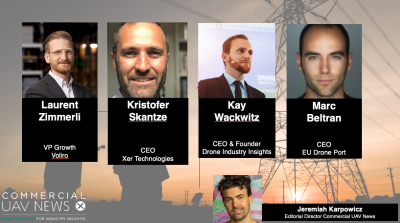
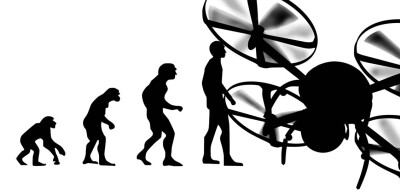

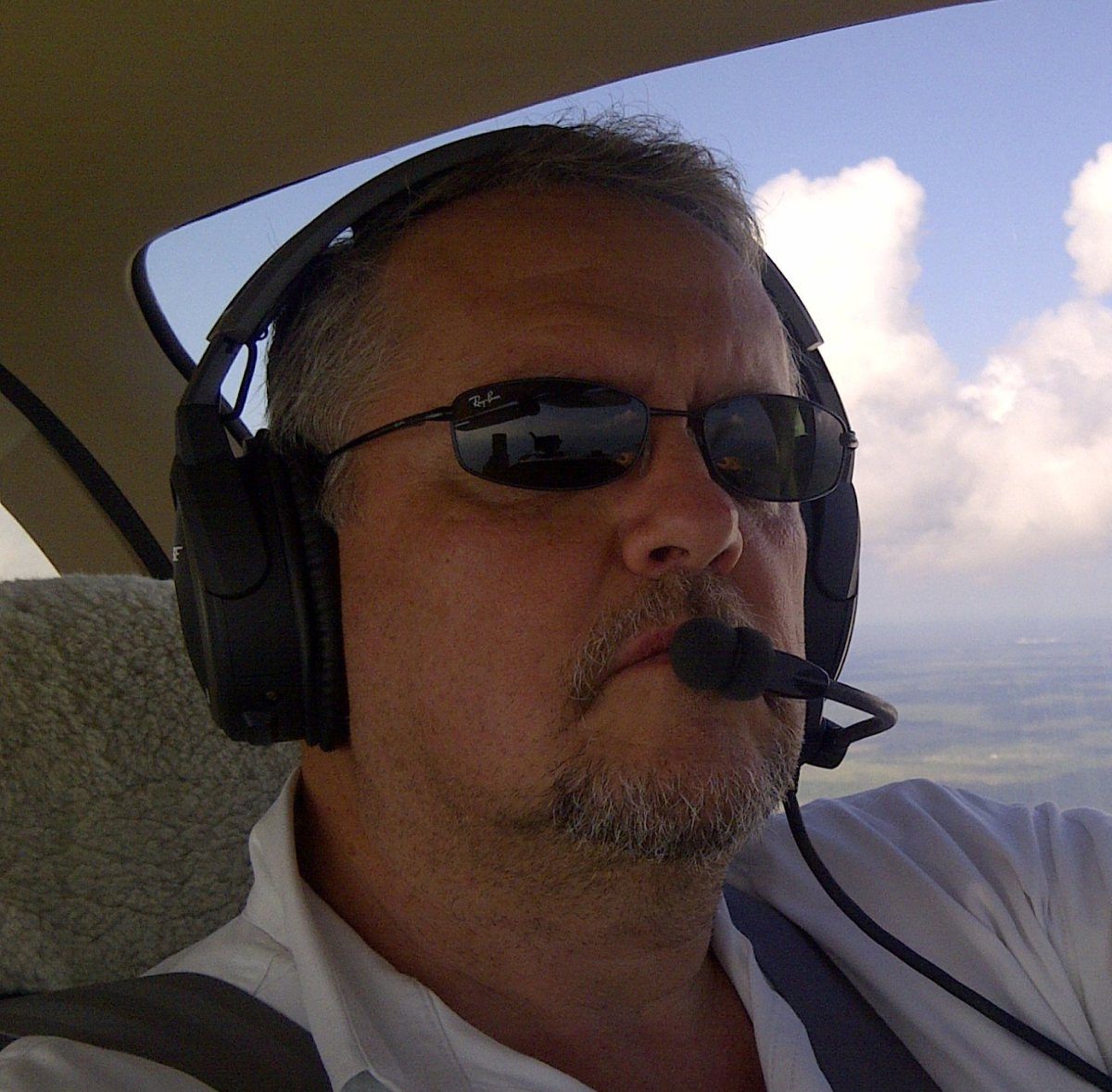





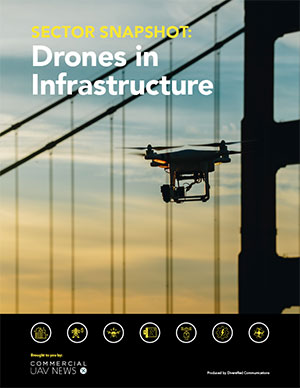
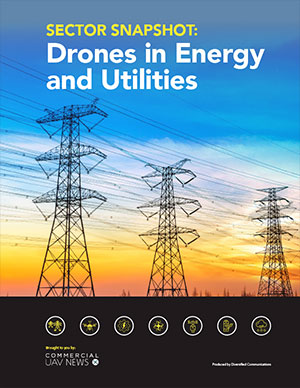

Comments